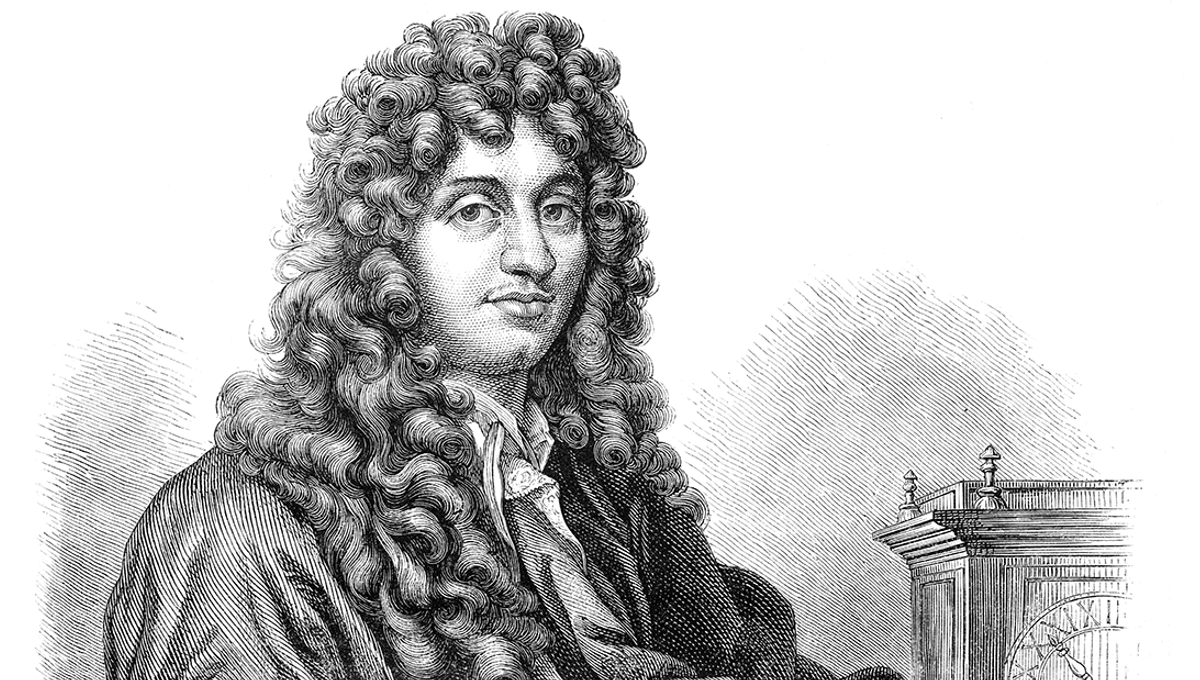
An astrophysicist has discovered that 17th-century mathematician and astronomer Christiaan Huygens was likely near-sighted by looking at designs for his telescopes.
Huygens, perhaps best known for his study of Saturn’s rings and the discovery of one of its moons, Titan, manufactured his own telescopes. Towards the end of his life, he began trying to figure out focal distances of two lenses to get an optimized view of distant objects.
Using his studies, he and his brother created what they thought were telescopes offering the best focus. Unfortunately, as astrophysicist Alexander G. M. Pietrow writes in his paper, “Huygens’ telescopes were in fact far from optimal”. There were also discrepancies between Huygens’ equations and the final telescopes he built, in that he used shorter focus, overmagnifying the objects he was looking at.
“This seemingly arbitrary limitation could be explained if Huygens had a visual condition and built his telescopes in such a way that he could compensate for it,” Pietrow writes in the paper, “not unlike people do today when taking off their glasses to look through a telescope and then adjusting the focus to get an image that is sharp for their eyes, a process in which they are in fact replacing the correction of their glasses for an adjustment of the focal length of the telescope.”
Several members of Huygens’ family, including his father, were known to be nearsighted, but Christiaan did not wear glasses, which Pietrow believes implies he was only somewhat shortsighted. This fit with his own estimates, produced by comparing Huygen’s empirically-derived equations for optimal focus with what we have now derived through the development of calculus and our improved understanding of optics.
Pietrow found that Huygens had a “mild case of myopia (or near-sightedness) and that he compensated this condition by building telescopes that overmagnified by a factor of 3.5. Based on this hypothesis, Huygens’ visual acuity is estimated to be around 20/70, which on average corresponds to an optical prescription of −1.5 diopters.”
Pietrow said in a statement that “This is likely the first ever posthumous eyeglass prescription ever, and done for someone who lived 330 years ago at that!”
As well as it being undeniably cool to play optometrist to someone who died centuries ago, it possibly explains why Huygens’ business wasn’t really booming.
“Assuming that these telescopes were designed for Huygens’ imperfect eyesight provides a possible explanation as to why his telescopes never gained a large circulation outside of his family,” Pietrow says in the paper.
The study was published in the Royal Society Journal of the History of Science.
Source Link: Astrophysicist Figures Out 17th-Century Astronomer Was Nearsighted By Looking At His Telescopes